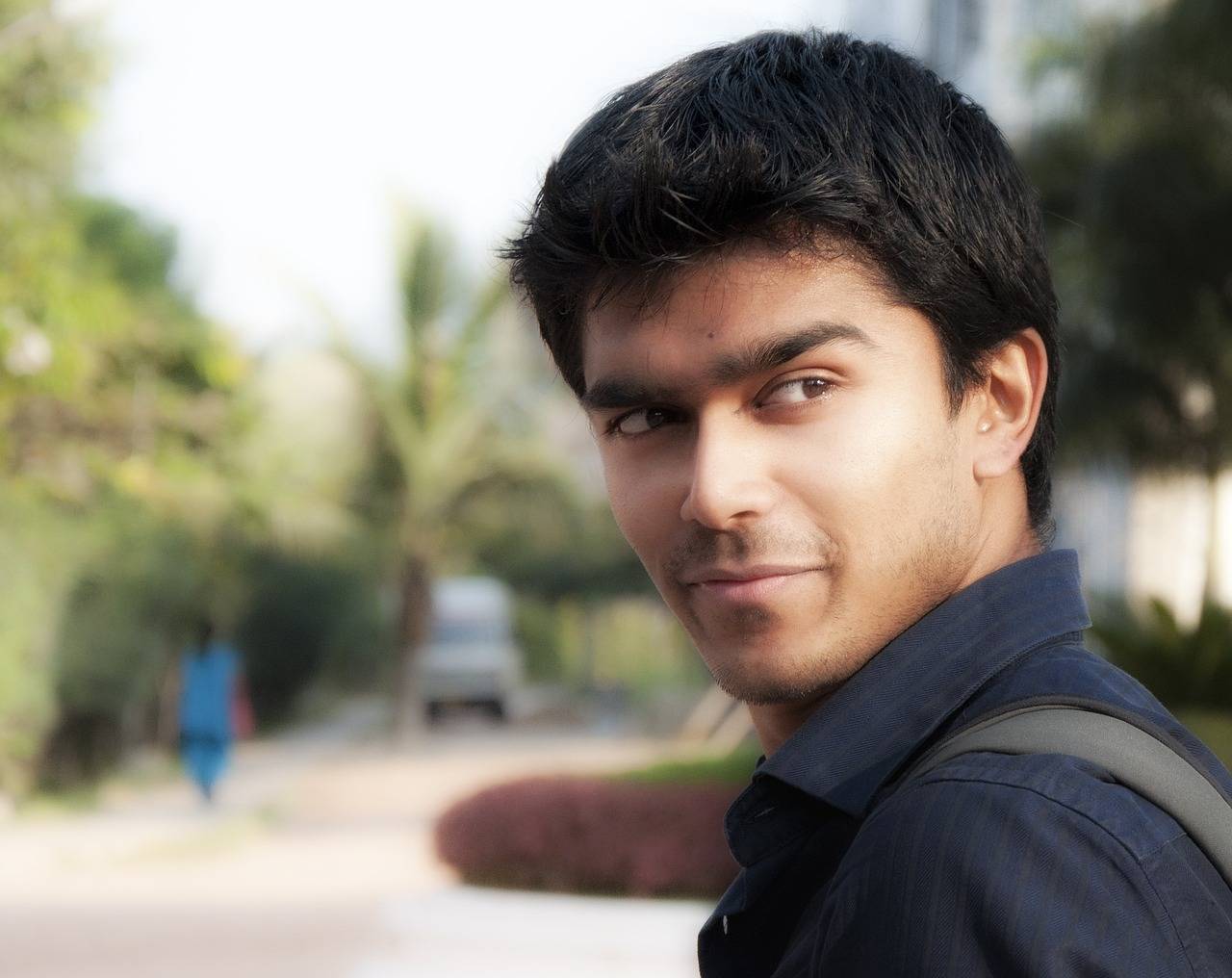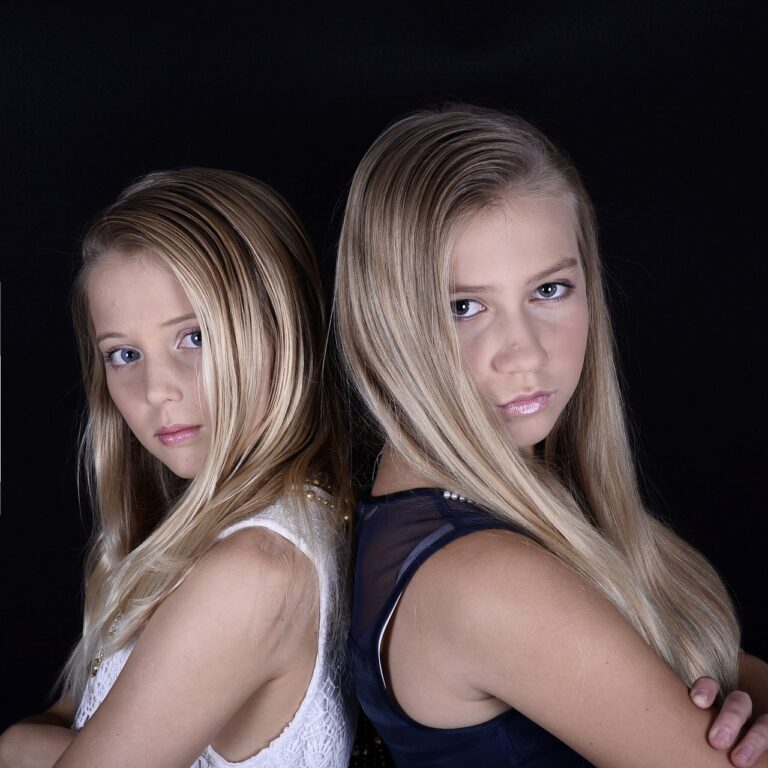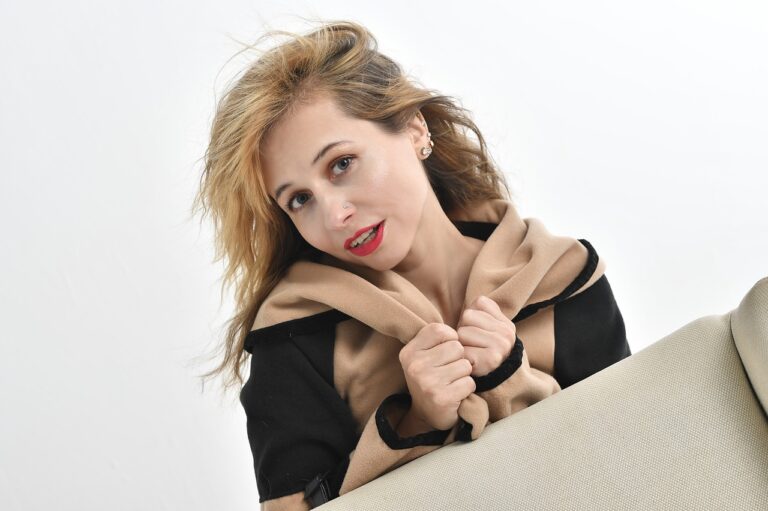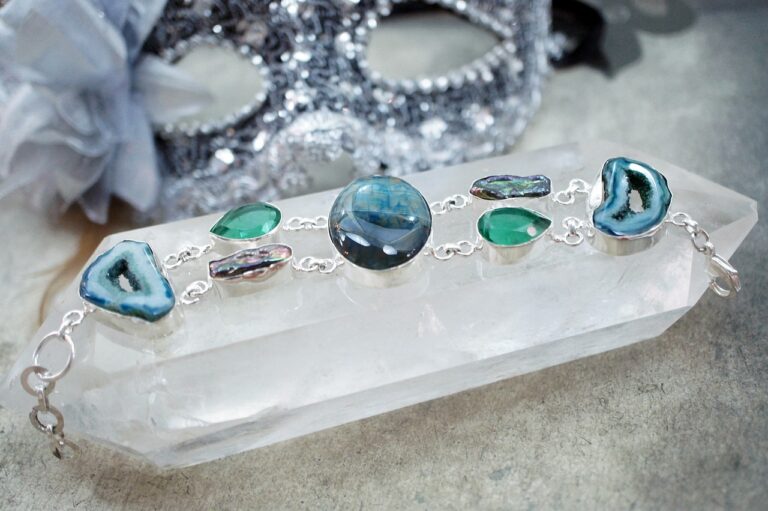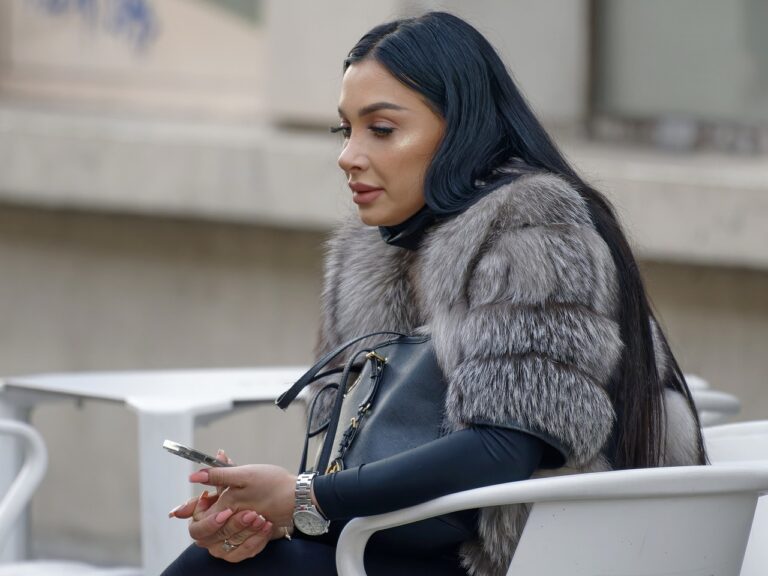Fashion and Body Diversity: Celebrating All Shapes and Sizes on the Runway
In recent years, there has been a growing recognition of the need for greater representation of body diversity in the fashion industry. This shift is crucial in order to challenge restrictive beauty standards and promote inclusivity and acceptance for individuals of all body shapes and sizes. By showcasing a wider range of body types on runways and in campaigns, the industry has the opportunity to empower individuals and redefine traditional notions of beauty. The importance of this movement goes beyond just aesthetics; it is about fostering a sense of self-confidence and celebrating diversity in all its forms.
Promoting Inclusivity Through Runway Representation
The fashion industry has traditionally been criticized for its lack of diversity on the runway. However, in recent years, there has been a gradual shift towards promoting inclusivity and representation of all body types. This change is important as it allows individuals from various backgrounds to see themselves reflected in the fashion world, ultimately fostering a sense of belonging and acceptance.
By featuring a more diverse range of models on the runway, designers and brands are able to showcase their creations on bodies that represent the real world. This not only helps in breaking stereotypes surrounding beauty standards but also sends a powerful message that fashion is for everyone, regardless of size, shape, or background. Embracing body diversity in the fashion industry is not only a step towards inclusivity but also a celebration of the uniqueness and beauty of individuals beyond traditional norms.
Challenges Faced by Models Breaking Stereotypes
In the realm of fashion, models breaking stereotypes face a myriad of challenges that stem from ingrained norms and expectations. These individuals courageously challenge the status quo, which often leads to pushback and resistance from traditional ideals of beauty and representation. Not conforming to conventional standards can result in limited opportunities and lack of visibility in an industry that typically favors a narrow definition of attractiveness.
Moreover, models who strive to break stereotypes often encounter criticism and scrutiny from both the public and industry professionals. Their unconventional look or body type may be met with skepticism, judgment, and even rejection, making it difficult for them to secure work and gain acceptance in a field that thrives on conformity. Despite these obstacles, models who persevere in breaking stereotypes pave the way for more diverse and inclusive representation in the fashion world.

